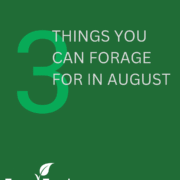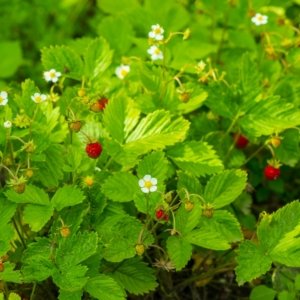-
- Hazelnuts (Corylus avellana)
First up is hazelnuts (Corylus avellana). So much sweeter and more than their shop-bought equivalent, not to mention free! Can you believe that at the time of writing they cost over £20 a kilo, but if you get there before the squirrels they’re absolutely free!
You can eat them raw from the tree or roast them for an intense chocolatey flavour.
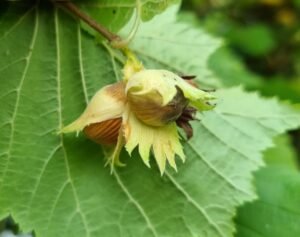
-
Elderberries (Sambucus nigra)
Late in August you’ll find these delicious little bombs of flavour and medicinal goodness dripping from Elder trees.
Wait for them to ripen to almost black, and cook thoroughly to make jams, sauces, wines and desserts.
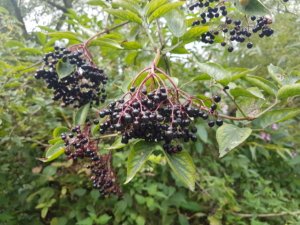
-
Crab apple (Malus sylvestris)
This wild ancestors of the apples that we all know and love, can sometimes have a challenging sour flavour but even so make excellent crisps and replacements for cooking apples. They can also be added anywhere pectin is needed, such as jellies, jams, and fruit leather.
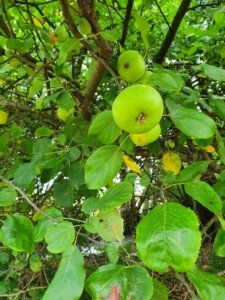
- Hazelnuts (Corylus avellana)
What will you be on the forage for this month?

